Fibularis (Peroneus) longus muscle
What is Fibularis (Peroneus) longus muscle?
Fibularis (Peroneus) longus muscle is a long muscle found superficially in the lateral part of the leg, together with the fibularis brevis muscle. The Fibularis longus extends from the proximal part of the fibula to the medial cuneiform and the first metatarsal bones.
This muscle is innervated by the superficial fibular nerve which is L5, S1. The main role of this muscle is to produce the plantarflexion and eversion of the foot on the ankle joint.
Origin of Fibularis longus muscle
Lateral condyle of tibia
The head as well as the proximal two-thirds of the lateral surface of the fibula
Intermuscular septa
Adjacent deep fascia
Insertion
While traveling distally, the peroneus longus tendon turns at the retro malleolar part and in the cuboid tunnel. The superior peroneal retinaculum holds the tendon and the peroneus brevis tendon in place in the retro-malleolar groove.
Inserted into the :
The lateral base of the first metatarsal
Medial cuneiform bone
Innervation
The superficial fibular nerve, which is a branch of the common fibular nerve (originates from the anterior rami of spinal nerves L4-S3, and is a branch of the sciatic nerve which also originates from the anterior rami of spinal nerves L4-S3) innervates the muscle. Additionally, it supplies the fibularis brevis muscle with motor innervation and sensation for the leg’s anterior and lateral surfaces.
Blood supply
The muscle obtains its blood supply from the fibular artery, which is a branch of the posterior tibial artery. The artery runs within the posterior part of the leg but transmits perforating arteries to the lateral compartment.
Function of Fibularis longus muscle
Functionally, the lateral part of the leg generates eversion and plantarflexion of the ankle. Recall that the talocrural joint permits flexion and extension only, and inversion and eversion happen at the subtalar joint. Muscles that generate inversion contain tibialis anterior, and tibialis posterior. The lateral compartment muscles function with the tibialis posterior (which is also a plantar flexor) to oppose the activities of the dorsiflexor muscles (tibialis anterior and fibularis tertius).
Clinical relations
Peroneal tenosynovitis
Peroneal tenosynovitis is a pathological condition involving the common peroneal tendon, associated with fluid collection within the tendon sheath. Clinically, it shows localized swelling and tenderness along the tendon sheath itself. Acute peroneal tenosynovitis is mostly found in sportsmen who continue their activity after a layoff. It can have a mixture of causes, involving:
- Stress close to the retro malleolar groove, peroneal tubercle, or undersurface of the cuboid bone
- Ankle inversion injuries
- Lateral malleolar and calcaneal fractures
- Tear of the calcaneofibular ligament
Superior peroneal retinaculum injuries
These varieties of injuries generally include stripping of the superior peroneal retinaculum (SPR) from its distal fibular attachment and lateral dislocation of the peroneal tendons out of the retromalleolar groove. The acute conditions display ecchymosis, swelling, and pain along the lateral malleolus. These injuries can have a mixture of causes, involving:
Sudden dorsiflexion of the foot with accompanying violent contraction of the peroneal muscles
Congenital foot deformities
Fractures of the distal tibia and calcaneus
Common peroneal/fibular nerve palsy
Common peroneal/fibular nerve palsy results in a loss of motor supply to the anterior and lateral parts of the leg, as well as a loss of sensation to the anterior and the foot’s dorsum and the lateral parts of the leg. Damage that is isolated to the deep branch will only include the anterior portion of the foot and will cause a sensation in the first dorsal web space. Impingement of the common fibular nerve generally happens observing an overly tight cast of the leg, or tight clothing.
Fibularis longus muscle stretching
Seated Stretch
Place your right foot on the left knee while seated in a chair. Bend the right ankle so that the sole faces upwards as best as you can. Maintain the stretch for 5 to 10 seconds and do it one or two more times being mindful not to overdo the stretching.
Do the same for the left.
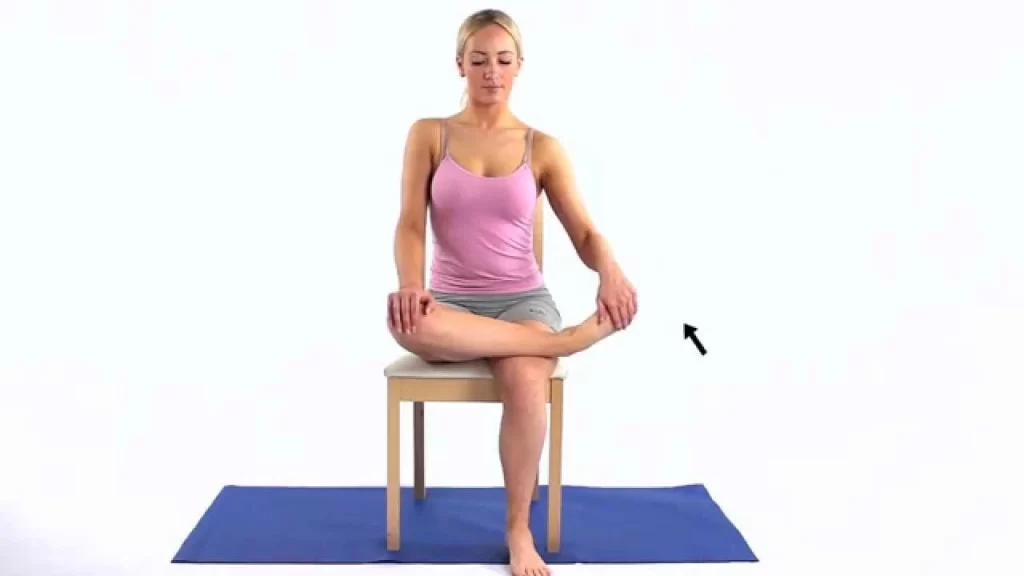
Point & Flexing
Sit with legs extended forward. Point the toes then bend the feet.
Go back and forth a few times then maintain for a few breaths with pointed toes. Then do a Seated Forward Bend while bending the feet to stretch the calves, arches, and hamstrings.
Fibularis longus muscle strengthening
Banded ankle eversion
This is a strengthening activity for the everters of the ankle. Begin by looping a mini band near the midfoot. Maintain both legs straight out in front of you while sitting on a relaxing surface. Evert the ankle by reaching the base of your foot to move out from your body’s midline.
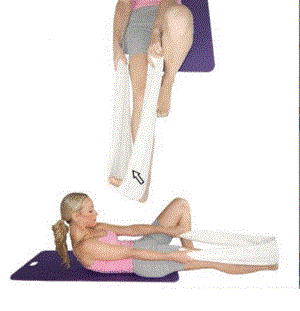
Banded tip-toe side steps
This is a closed kinetic chain boosting activity for the ankle. Loop a mini band near the lower leg slightly above the ankles and stand on your toes. Step to the side without permitting the heels to drop toward the bottom. Bring 5-10 steps in one direction and then in the opposite direction.
Banded heel raise side steps
This is a strengthening activity for the ankle. Loop a mini band near the lower leg slightly above the ankles and stand on your toes. Down the heels and then step to the side & do it again. Bring 5-10 steps in one order and then the opposite order.
FAQ
Can you injure your fibularis longus?
An injury to the peroneus longus tendon can cause ankle instability and lateral pain. Common injury areas include the retromalleolar turn and the cuboid tunnel turn. Weakness: Lessens the capability to stand on the toes.
What medicine helps peroneus longus pain?
In the acute stage of any ankle injury, nonsteroidal anti-inflammatory drugs like ibuprofen and naproxen can be used to reduce pain and swelling. In cases of moderate pain, acetaminophen or tramadol may be utilized for a short duration. Opioid drugs should be avoided in patients with extreme pain.
How long is peroneus longus recovery?
The recovery time for peroneal tendon repair will take up to 8-12 weeks but restoration of function and capability to take full activity, load, and stress can bring up to one year.
What is the action of the fibularis longus tendon?
Function. Plantar flexion is the movement of the foot away from the body at the ankle that is accomplished by working together with the tibialis posterior, fibularis brevis, and fibularis longus. This muscle opposes the tibialis anterior and fibularis tertius muscles, which cause the foot to dorsiflex, or move upward toward the body.

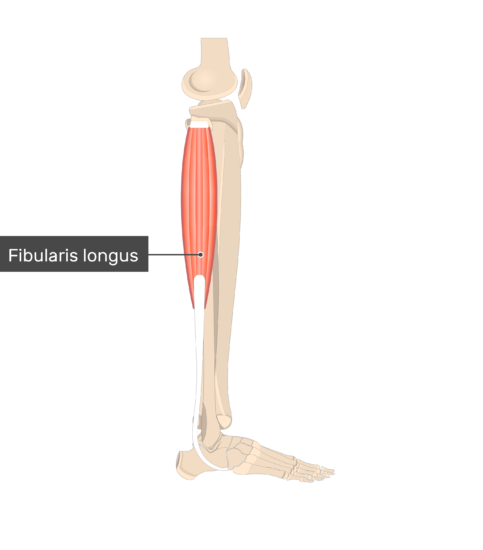
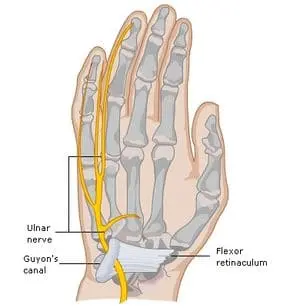
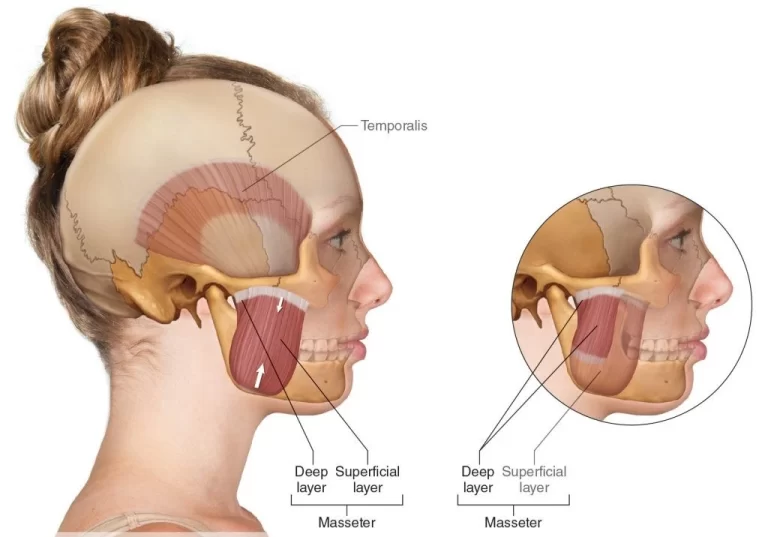
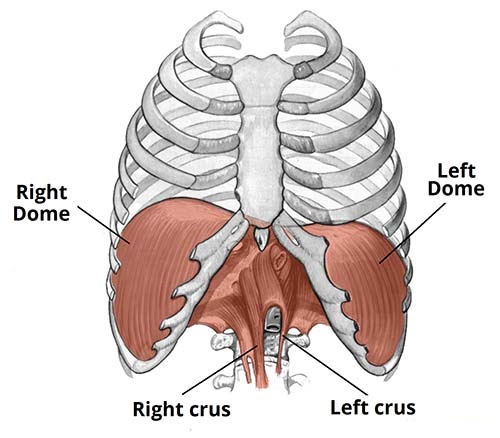
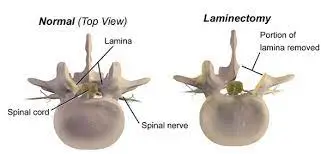


4 Comments